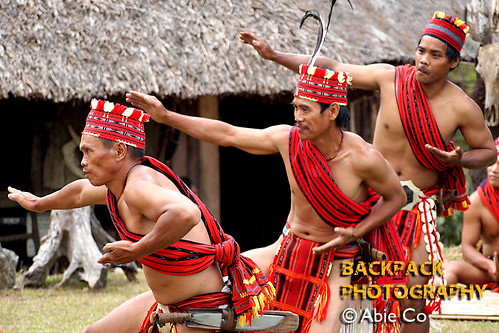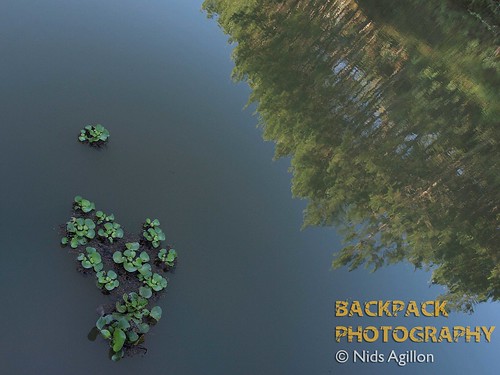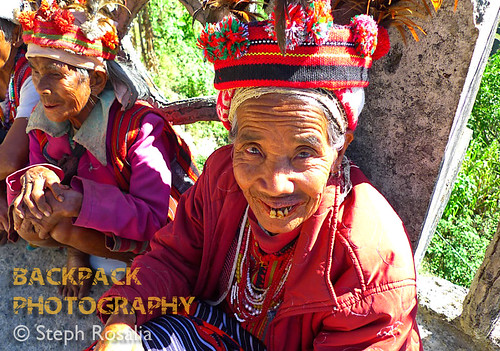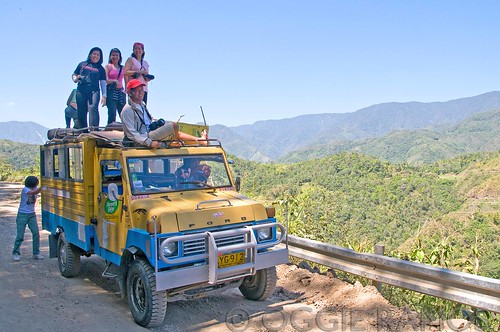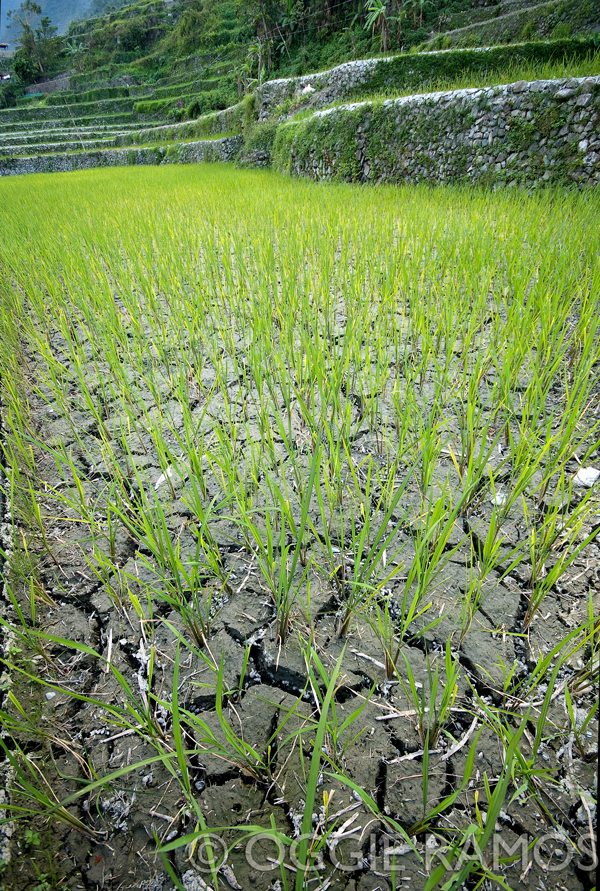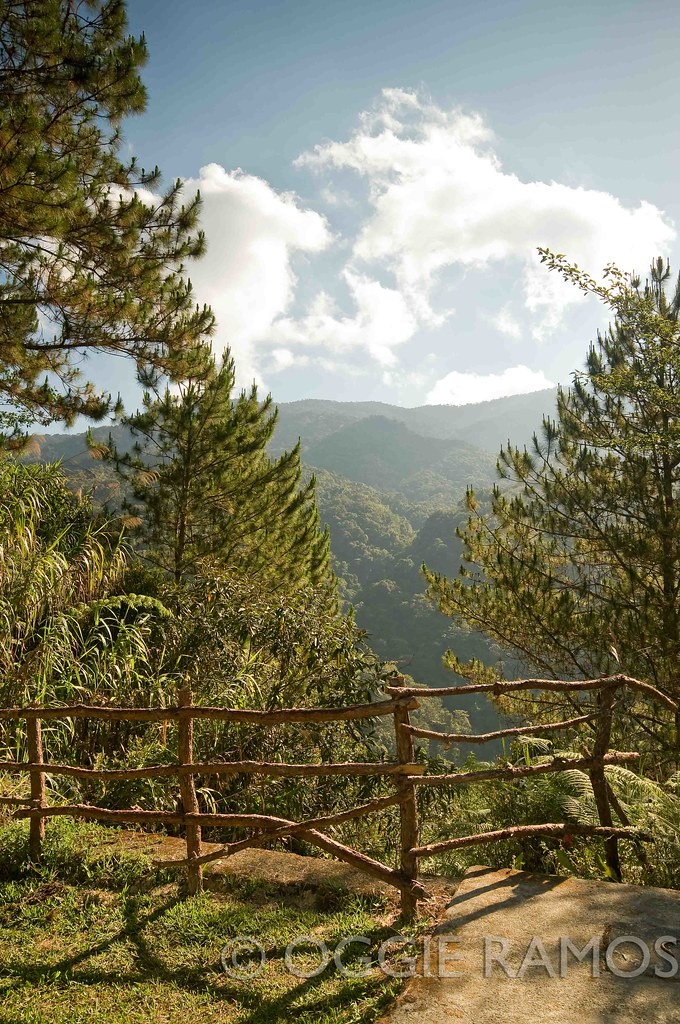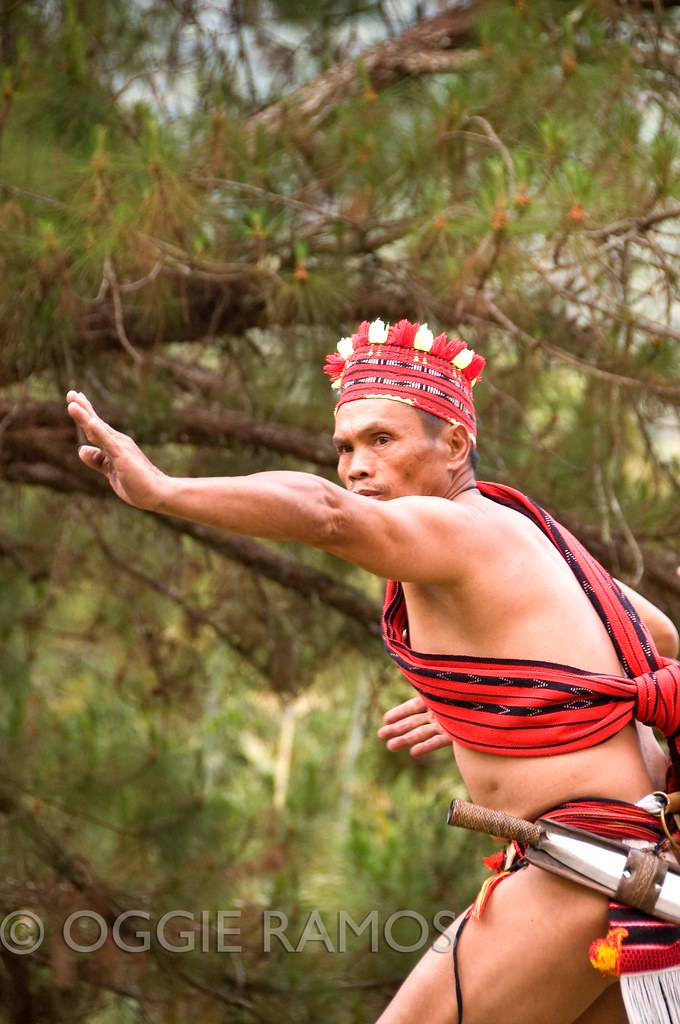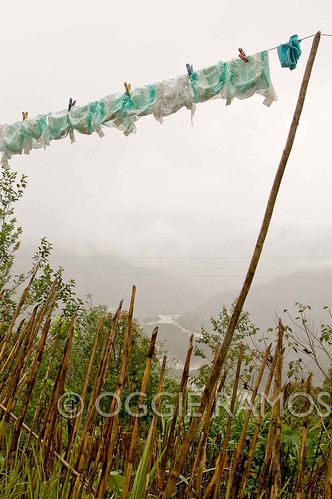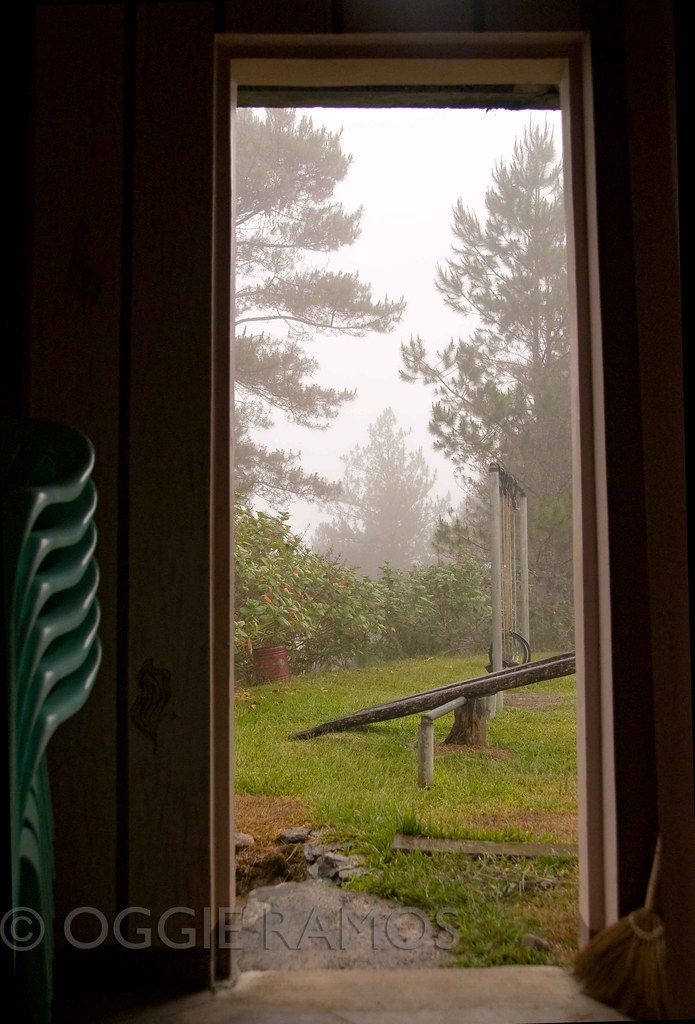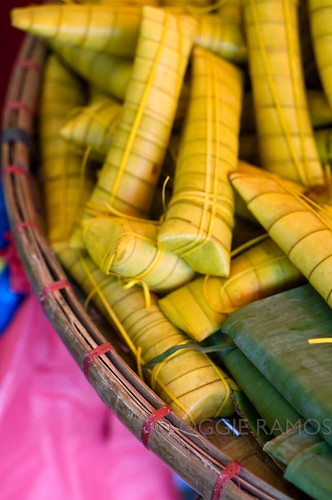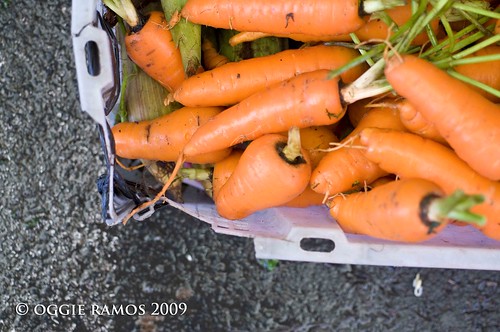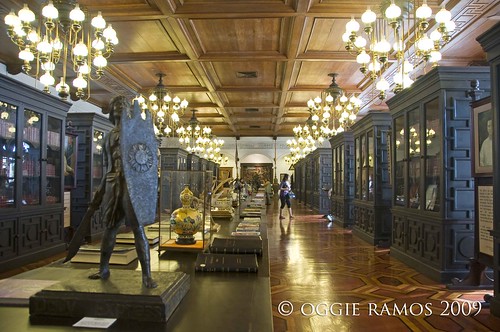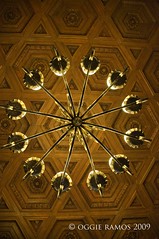For a change, Lagalog's captures take a backseat to the wonderful captures of our participants all taken during our recent Backpack Photography 101: Banaue Workshop. Out of the images submitted to us, Ferdz and I made our individual choices. I took the liberty of labeling them as I saw fit. So sit back and enjoy these captures.
Abie's "Line Dancers"
© Abie Co
I love the way Abbie was able to frame the three dancers in a dynamic way without getting the other photographers into the frame. It's almost like inviting the viewer to join the dance.
Agnes' "Lagoon Reflections"
© Agnes Goze
I really love the symmetry/asymmetry of the capture. I knew Agnes was up very early to get this shot.
Araceli's "Silip Kid"
© Araceli Habaradas
Patience has its rewards and Araceli was real patient in waiting for the opportune time to capture this one. I think the expression, lighting and impact say it all.
Joy's "Dance of Joy"
© Joy Vega
This is spot-on dynamic, with Joy catching a fleeting moment of intensity, the frozen dancer seems ready to move anytime.
Loid's "Mga Bata sa Bintana"
© Loid Billones
I love the mood of this picture. The wandering eyes speaks volume of the emotions of the kids. Proof that your point and shoot can take dramatic captures given a good eye and timing.
Nids' "Zen Reflections"
© Nids Agillon
There's a very painting-like quality about this capture that I find very Zen-like. Nice to stare at especially after a long, stressful day.
Miake's "Mumbaki"
© Miake Acedilla
By zooming up close to the face, Miake was able to show the expressive face of the tribal dancers' leader while showing details of his brightly-hued garb and headdress.
Ros' "Girl in Waiting"
© Ros Rosalia
Using a point and shoot, Ros was able to capture a moody image; she used the diminishing lines to lead the viewer's eyes from the subject to the distant brush.
Steph's "Ifugao Toothy Smile"
© Steph Rosalia
Armed with her point and shoot, Steph took an "in-your-face" route in capturing the expression and features of this Ifugao woman.
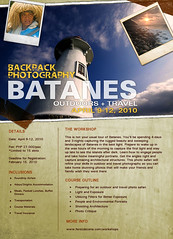 Travel with us as we conduct a workshop in haunting Batanes this June 24-27, 2010. For details, click here.
Travel with us as we conduct a workshop in haunting Batanes this June 24-27, 2010. For details, click here. 
